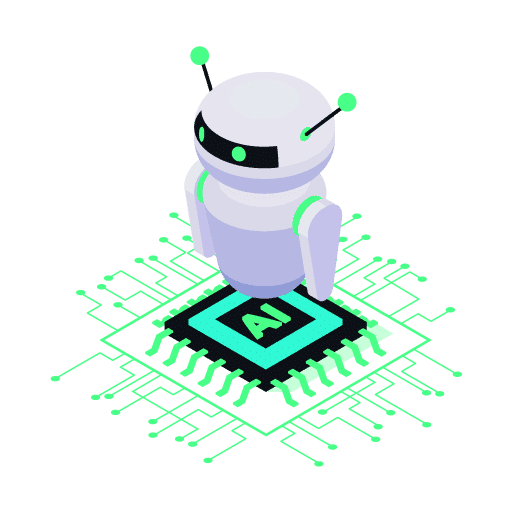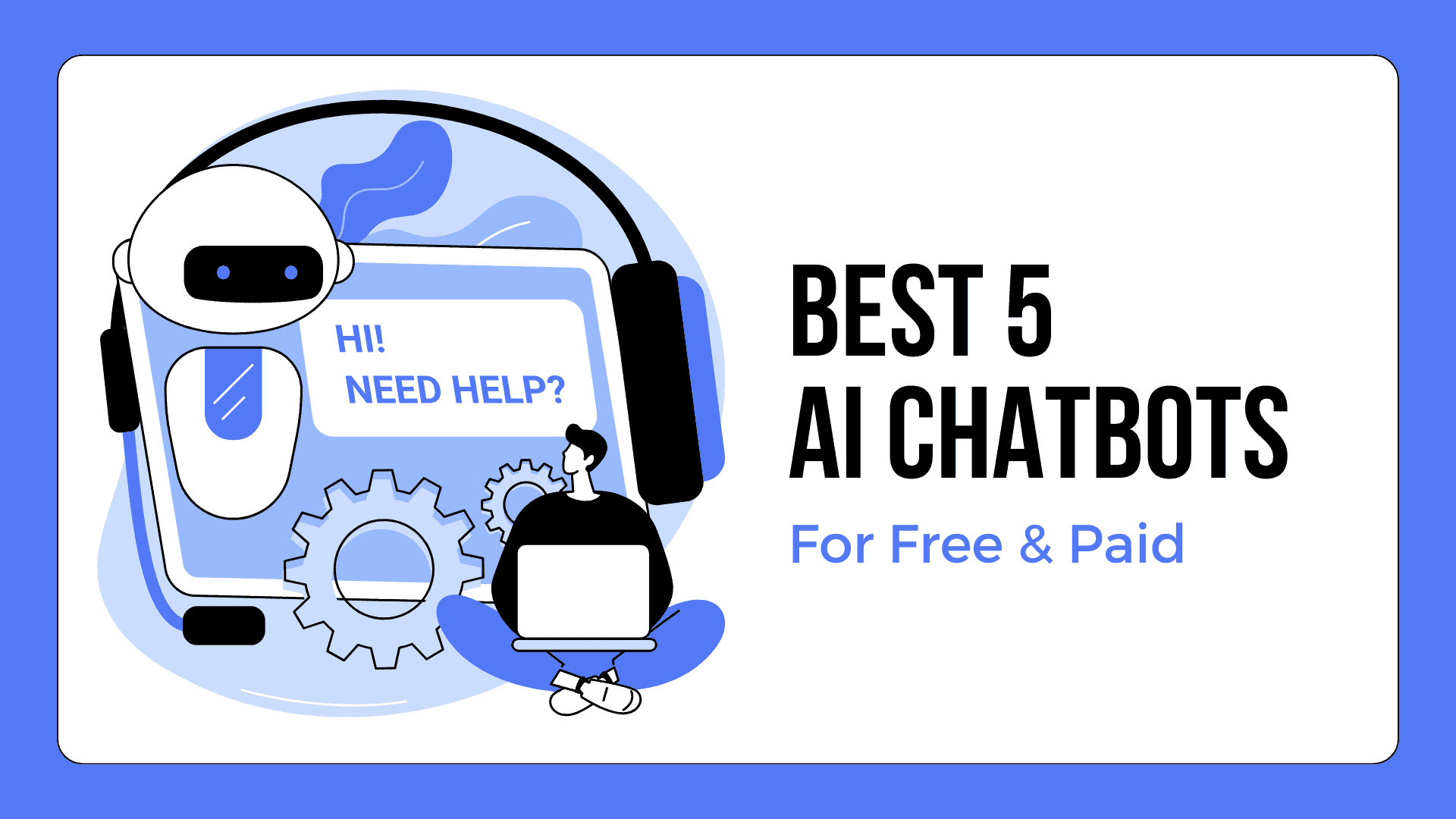AI chatbots utilize natural language processing (NLP) and machine learning algorithms to understand and generate human-like responses, making them capable of interacting with users more naturally and intuitively. They are distinguished by their ability to learn from user interactions and improve their responses over time, becoming more proficient at understanding and assisting users as they gain more experience.
Table of contents
DinuAI


Produce exceptional content 10 times faster with our platform. From copywriting and blog articles to SEO content and product descriptions, our tool ensures plagiarism-free and SEO-optimized work. Create emails, ads, and many more with ease.
ChatGPT

ChatGPT is a versatile AI chatbot powered by OpenAI’s GPT-3 and GPT-4 language models. It can generate text, translate languages, write different kinds of creative content, and answer your questions in an informative way. It is completely free to use, though there is a $20-a-month Plus premium plan that offers additional features.
Perplexity

Perplexity.ai is an AI-powered research assistant that helps users find information, generate creative text formats, and answer questions in an informative way. It utilizes a variety of large language models, including GPT-3.5, Claude-2, and GPT-4, to provide comprehensive and accurate responses. Perplexity.ai is available for free, with a Pro version offering additional features and upgraded AI models.
Jasper Chat

Jasper Chat is an AI chatbot designed for businesses and marketers. It uses natural language processing to generate human-like responses and can write in over 50 different templates, including blog posts, Twitter threads, video scripts, and more. It offers a variety of pricing plans, starting at $29 per month.
Chat by Copy.ai

Copy.ai is an AI-powered copywriting tool that helps businesses and individuals generate high-quality marketing copy, content, and creative text formats. It utilizes advanced artificial intelligence (AI) technology, including natural language processing (NLP) and machine learning (ML), to understand user intent and generate tailored outputs.
Unlike traditional rule-based chatbots that rely on pre-programmed responses, AI chatbots can learn and adapt over time, improving their ability to handle complex conversations and provide personalized interactions. They can be deployed across various platforms, including websites, mobile apps, social media, and messaging platforms.
Here are some key characteristics of AI chatbots
- Natural Language Processing (NLP): AI chatbots employ NLP to understand the nuances of human language, including slang, idioms, and context-specific meanings.
- Machine Learning (ML): AI chatbots utilize ML algorithms to learn from past interactions and improve their responses over time.
- Context Awareness: AI chatbots can maintain context throughout a conversation, allowing them to provide relevant and consistent responses.
- Personalization: AI chatbots can tailor their responses based on user preferences, past interactions, and contextual information.
- Self-Learning: AI chatbots can continuously improve their understanding of language and user intent through ongoing interactions and data analysis.
AI chatbots are transforming the way businesses interact with their customers, offering a range of benefits, including:
- 24/7 Availability: AI chatbots can provide customer support around the clock, ensuring that users always have access to assistance.
- Improved Customer Engagement: AI chatbots can engage with customers in a personalized and interactive manner, enhancing their overall experience.
- Reduced Costs: AI chatbots can automate many customer service tasks, reducing the need for human agents and lowering operational costs.
- Data Collection and Analysis: AI chatbots can collect valuable customer data and insights, helping businesses improve their products, services, and marketing strategies.
As AI technology continues to advance, AI chatbots are becoming increasingly sophisticated and capable of handling a wider range of tasks. They are poised to play an even more significant role in the future of customer service, marketing, and human-computer interaction.





